05.



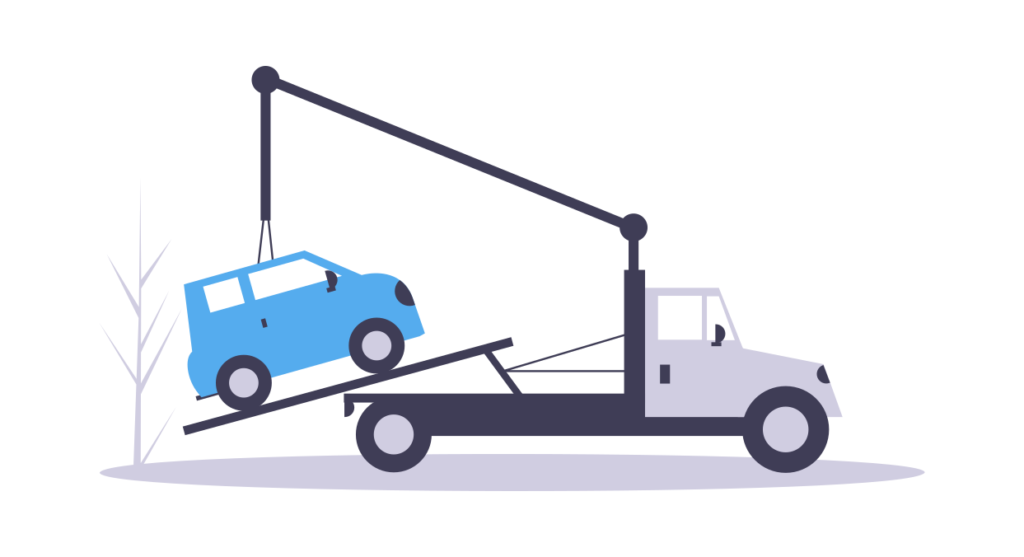


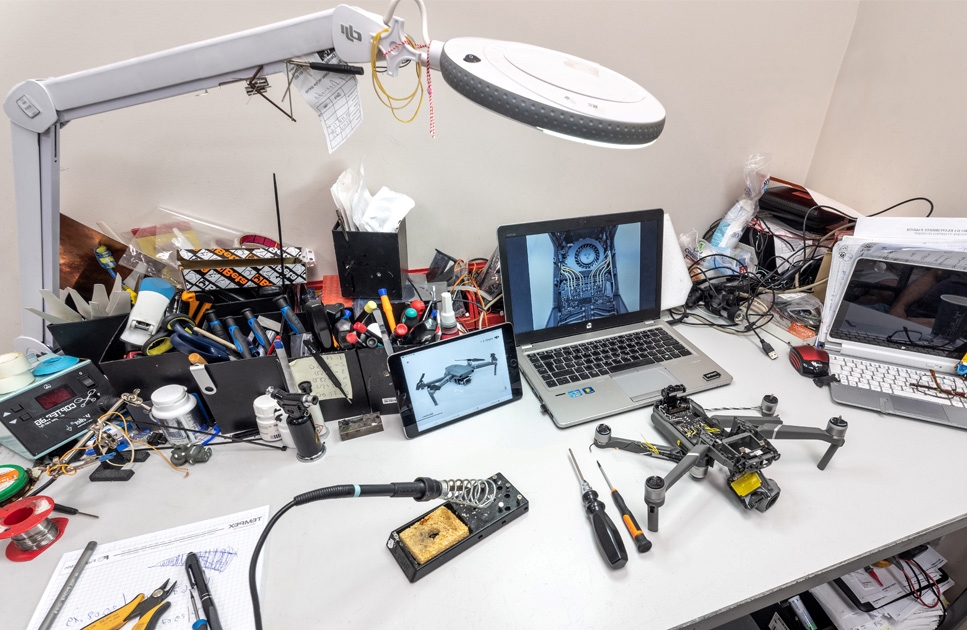








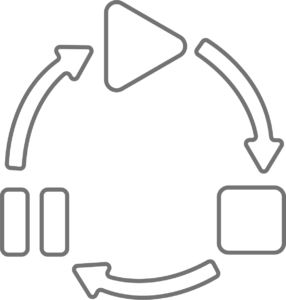
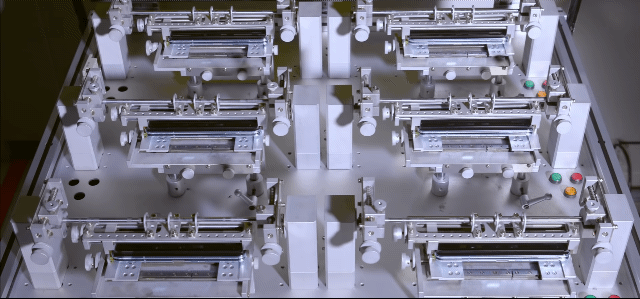
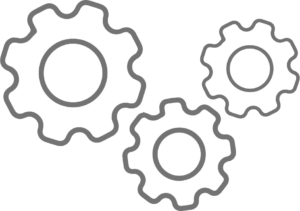
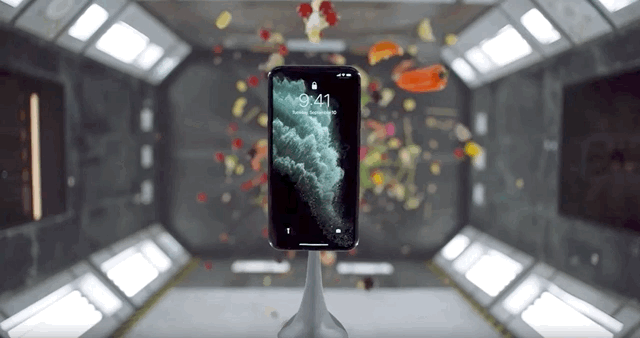
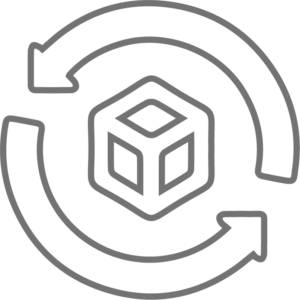

Failure Modes and Effects Analysis (FMEA) is a systematic, proactive method for
evaluating a process to identify where and how it might fail and to assess the relative impact of different failures, to identify the parts of the process that are most in need of change.



Navigate »
Studio
Get In Touch
+91 80 41216254
India@rezonant,net
Fb . In. Li
46, 1D Main, Jakkasandra 1st Block Koramangala, Bengaluru, Karnataka 560034
© Rezonant Design 2020